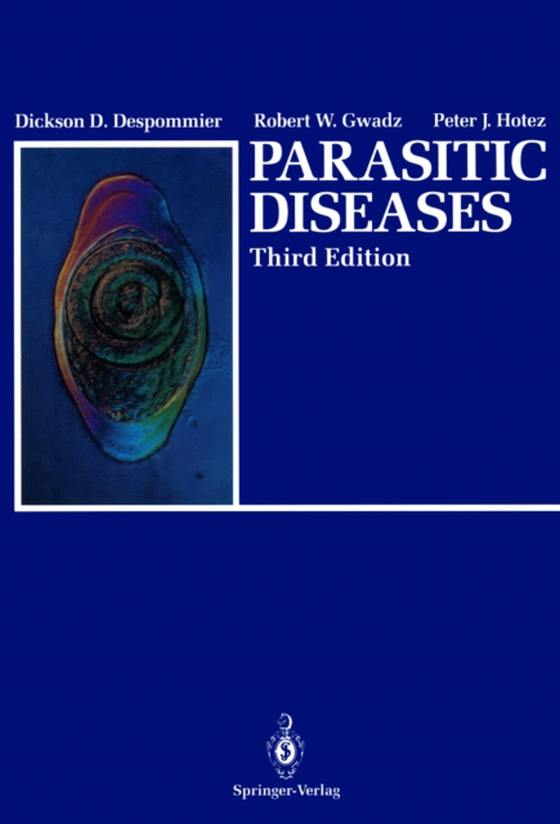
Parasitic Diseases e-bog
1240,73 DKK
(inkl. moms 1550,91 DKK)
Worldwide, the numbers of people suffering and dying from parasitic diseases are overwhelming, with more than 100 million cases and 1 million deaths each year from malaria alone. Despite the magnitude of the problem and the importance of the parasites that cause opportunistic infections among persons with HIV/AIDS, medical schools in the United States, Canada, and other developed countries cons...
E-bog
1240,73 DKK
Forlag
Springer
Udgivet
6 december 2012
Genrer
Clinical and internal medicine
Sprog
English
Format
pdf
Beskyttelse
LCP
ISBN
9781461224761
Worldwide, the numbers of people suffering and dying from parasitic diseases are overwhelming, with more than 100 million cases and 1 million deaths each year from malaria alone. Despite the magnitude of the problem and the importance of the parasites that cause opportunistic infections among persons with HIV/AIDS, medical schools in the United States, Canada, and other developed countries consistently reduce the amount of time spent on parasitic diseases in the curricu- lum. As a result most medical students receive limited information about these diseases, and are inadequately prepared to diagnose or treat them as physicians. This problem is too large to be resolved within the time available for parasitology in the medical school curriculum; at most, students can be acquainted with the salient features of the medically important parasites. Likewise, the traditional isolation of parasitology from the rest of the curriculum (consistent with its exclu- sion from most microbiology texts) is another unresolved problem. In my opinion, this is why most physicians are unable to think about the differential diagnosis of parasitic diseases in the same way that they routinely balance the probabilities of malignancy, cardiovascular, renal, and pulmonary disease vs other infectious diseases. To resolve these problems, relevant paradigms from parasitology must be used in the teaching of cell biology, molecular biology, genetics, and immu- nology.
 Dansk
Dansk

